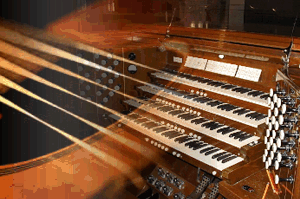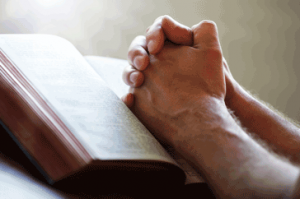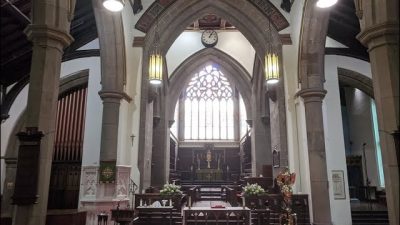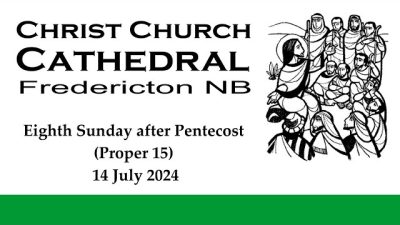Hope Bear joined the Anglican Foundation of Canada in 2011 as a tangible reminder that the Anglican Church cares for kids in Canada by establishing a Kids Helping Kids Fund. With a $20 donation, you can have your own AFC Hope Bear – a great gift for a special celebration – with all funds going […]
August2017
Bishop Kingdon’s Traveling Altar – Cathedral Treasures
Hollingworth Tully Kingdon was Bishop Coadjutor (1881-1892) and Second Bishop of Fredericton (1892 – 1907). One of the artifacts identified in preparing the inventory of the Cathedral Vault in 2004 was Bishop Kingdon’s “traveling altar.” It could be called “portable” except that it is a significant weight when folded up. Once set up it is […]
Music Monthly – August 2017
August 6 2017 – The Transfiguration of the Lord 10.00: Choral Eucharist (BAS) Missa l’hora passa – Viadana Psalm 99 O sing joyfully – Batten 424, 167, 97, 521, 322 Tuba Tune – Cocker August 13 2017 – Tenth Sunday after Pentecost 10.00: Choral Eucharist (BCP) Harris in F Psalm 105:1-6, 61-22 Teach me, O […]
History in colours – Cathedral Treasures
As you walk out the west door have you ever stopped to look up over the door to notice the military colours hanging above? There is a very old tradition that when a military regiment receives a new colour, the old one, which has been blessed, cannot be destroyed. It is therefore put up in […]






















Recent Comments